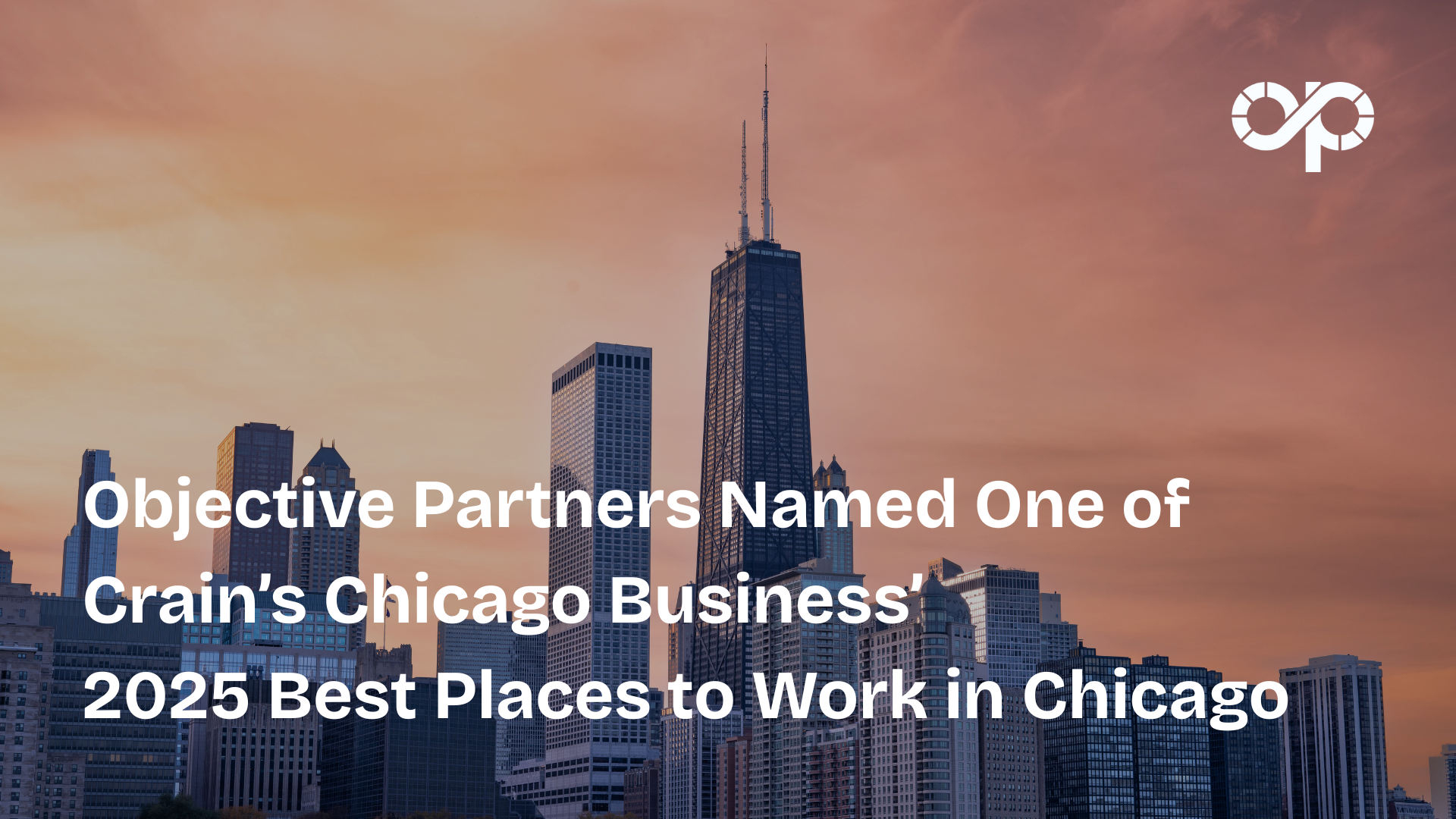The Hiring Roadmap Playbook: Aligning Business Goals with Recruiting Success
The Hiring Roadmap Playbook: Aligning Business Goals with Recruiting Success
Authored by:
Marc Roszkowski
In today’s competitive market, a one-size-fits-all hiring approach doesn’t cut it. Organizations that consistently land the right talent treat recruiting as a business process, not a guessing game. This playbook outlines a structured roadmap—developed through real-world experience across startups, mid-market firms, and enterprises—that turns business goals into actionable hiring strategies.
Part 1: Building a Rock-Solid Intake Process
A successful search starts long before any job posting goes live. The intake process sets the foundation for speed, quality, and consistency by ensuring everyone is aligned on what “good” looks like, how candidates will be evaluated, and which channels will deliver the right talent.
“A strong intake saves time, reduces mismatches, and sets the tone for the entire search.”
Why Intake Matters
- Reduces Time-to-Fill: Collecting requirements upfront eliminates unnecessary back-and-forth. A fully scoped role allows sourcing to begin immediately.
- Boosts Quality of Hire: Clear criteria prevent mismatches. Agreeing on must-have skills and evaluation metrics minimizes wasted interviews.
- Elevates Candidate Experience: Confident communication about role, process, and timeline keeps top talent engaged.
Preparing Stakeholders
- Send a kickoff email within 24 hours to align on availability, attendees, and objectives.
- Walk through the hiring process so all stakeholders understand milestones (intake → posting → interviews → offer).
- Gather context such as success stories from past hires and a simple org chart.
Co-Creating the Job Profile
- Distinguish 4–6 non-negotiable skills from 3–4 “nice-to-haves.”
- Define key skills and behavioral indicators, including team communication style and adaptability.
- Establish success metrics at Day 1, Day 30, and Day 90.
Questions Top Sourcers Ask
- Wants vs. needs: What is essential versus flexible?
- Day-one readiness: Which skills must candidates have on day one, and which can be taught?
- Team gaps: What skills are currently missing in the team?
Documenting & Sharing
- Recap intake discussions in a summary email that includes skills, evaluation methods, interview blueprint, and logistics.
- Store materials in a central, date-stamped repository for easy reference.
Quick Wins: Use standardized templates, set a 48-hour intake deadline, loop in sourcing partners early, and automate reminders to keep things on track.
Part 2: From Intake to Post — Writing Job Ads That Convert
Once intake is complete, insights should translate directly into compelling job postings. A well-written job ad not only attracts qualified candidates but also sets the tone for the candidate experience.
“Your job posting is more than an ad—it’s the candidate’s first impression of your organization.”
Turning Insights into Copy
Ask managers: What outcomes define success? Which technical skills are non-negotiable? How would you describe your team’s style? Incorporate these directly into the ad.
Structuring for Readability & SEO
- Lead with clarity in the headline and first paragraph.
- Use short paragraphs or dashes for responsibilities and requirements.
- Weave in 3–5 keywords naturally to strengthen visibility.
- Keep tone professional, consistent, and aligned with intake discussions.
Manager-Driven Content
- Include success snapshots or quotes about top performance.
- Highlight cultural values (e.g., continuous learning, fast-paced problem solving).
- End with a clear call-to-action (e.g., “Apply by [Deadline]”).
Platform-Specific Nuances
- LinkedIn: < 1,200 characters, 1–2 hashtags, invite shares.
- Job Boards: Lead with must-have skills; optimize first 100 words with keywords.
- ATS: Populate structured fields and attach supporting assets like org charts or project samples.
Measuring Success
- Track total applicants and shortlist rate.
- Review qualitative feedback—phrases and skills that resonated most.
Filtering Applications: Top Sourcer Questions
- Do candidates meet the key skills defined at intake?
- Is there evidence of consistent impact and stability?
- Are there red flags like vague buzzwords or inconsistencies across profiles?
Part 3: Designing an Interview Process That Works
The interview process validates skills, flags red flags, and reinforces the employer brand. A structured process ensures fairness, reduces bias, and keeps candidates engaged.
“Consistency in interviews builds confidence—for both candidates and hiring teams.”
Structured Roadmaps
- Fast-Track (1–2 weeks): Recruiter screen → final panel.
- Standard (2–4 weeks): Recruiter screen → hiring manager interview → final panel.
- Extended searches may include informal “coffee chats” after two weeks.
Crafting Skill-Based Questions
- Scenario probes: “Tell me about a time you optimized an API under tight deadlines.”
- Technical deep dives: “How would you handle transient failures in a distributed system?”
- Red-flag checks: Probe vague answers with requests for concrete examples.
Calibrating Interviewers
- Each interviewer drafts 3–5 role-specific questions.
- Use red-flag checklists (e.g., excessive jargon, rehearsed phrasing).
- Collect feedback in a structured, shared format.
Elevating the Candidate Experience
- Send clear invitations with agendas and interviewer details.
- Provide preparation briefs.
- Share updates within 24–48 hours of each stage.
Collaborative Decision-Making
- Consolidate interviewer notes and present strengths and concerns.
- Review finalists with the hiring manager and refine shortlist.
- Share a panel preparation guide including rubric and format.
Continuous Partnership
After each search, review outcomes: Which formats yielded clear signals? Where did candidates drop off? Update playbooks accordingly.
Part 4: Turning Finalists into New Hires — Offers, Selections & Negotiations
The closing process is where momentum is either maintained or lost. A transparent, well-packaged offer demonstrates professionalism and keeps candidates engaged.
“A well-framed offer closes faster, builds trust, and sets the stage for a strong start.”
Offer Packaging & Timing
- Align salary, bonus, equity, and incentives with market benchmarks.
- Highlight total rewards such as health, retirement, development allowances, and perks.
- Deliver offers within 24–48 hours of final decision.
Presenting the Offer
- Host a dedicated offer call to explain impact and address questions.
- Send formal documents promptly with benefits summaries and next steps.
Negotiation Guidelines
- Expect common asks (salary, start date, scope).
- Clarify decision authority—what you can approve vs. escalate.
- Understand candidate motivators and reinforce long-term fit.
Managing Counteroffers & Declines
- Prepare managers for counteroffers by emphasizing growth and culture.
- Respond gracefully to declines, request feedback, and keep the door open.
Candidate Acceptance & Onboarding
- Confirm verbal acceptances in writing immediately.
- Transition smoothly by handing HR and managers a candidate snapshot for Day 1.
Continuous Partnership
After closing, review which offer elements resonated, where delays occurred, and refine templates and negotiation strategies.
The Complete Playbook
With these four parts—Intake, Job Posting, Interview Process, and Offer Closing—organizations can execute a structured, measurable hiring strategy. This approach reduces time-to-fill, improves quality of hire, strengthens the candidate experience, and ultimately aligns talent acquisition with business objectives.
“Recruiting done right is not just about filling roles—it’s about building teams that deliver lasting business impact.” - Marc Roszkowski






